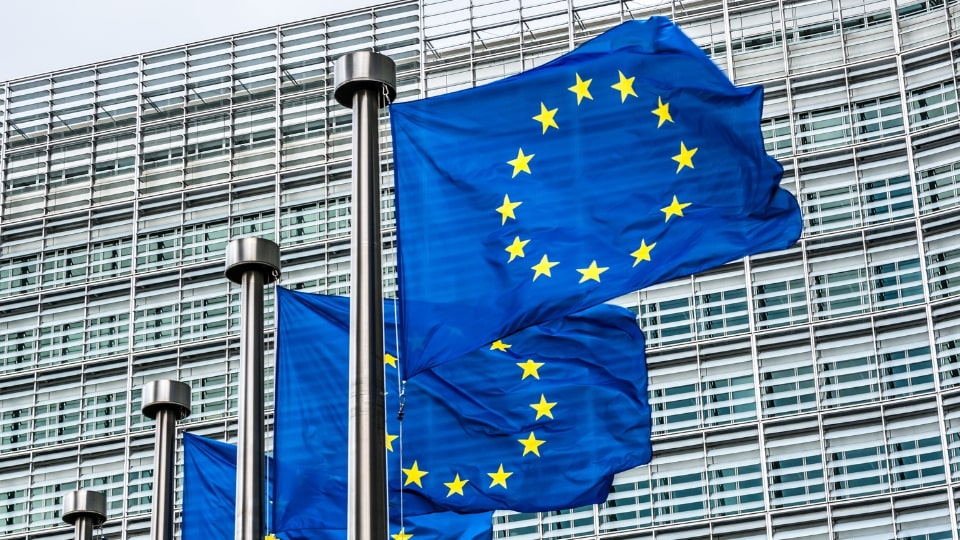
With 80% of the pet food sold in France made in the country, the industry looks for ways to adapt to the current challenges and consumer demands.
France is one of the major pet food-producing markets in Europe. In 2021, the country’s 39 pet food manufacturing sites nationwide produced more than 2 million metric tons (T), totaling a value of €3.9 billion ($4.1B). Roughly half of the production is exported, with around two-thirds of that staying within the European Union.
Just over 500,000T of product were imported in 2021, mainly from Germany and the Netherlands.
Threats, challenges or opportunities?
Each year, French pet food manufacturers utilize more than 1.7 million metric tons of raw materials, nearly half of them produced in France. The pandemic, cases of drought as well as various epizootic crises (for example, avian influenza and African swine fever) have created strong tensions in supply chains and increases in the purchase prices of raw materials, packaging and transport.
Rather than being viewed as threats, these challenges can also be seen as presenting the market with an opportunity to rethink its production methods and reduce its energy consumption, thus contributing to the decarbonization of the industry. Nevertheless, one of the biggest challenges for the industry is to raise awareness among politicians about the importance of finding the right balance between the production of food and the production of energy.

The consumer market
There were an estimated 75 million pets in France in 2020, with fish topping the list at 26 million. This was followed by cats (15.1 million) and dogs (7.5 million). In that year, more than 1 in 2 households owned some kind of pet, with more than 1 in 3 households owning a cat and 1 in 5 owning a dog, according to a survey carried out among 14,000 respondents by FACCO (Fédération des fabricants d’aliments pour chiens, chats, oiseaux et autres animaux familiers).
Over the past 20 years, the number of cats has increased by more than 65% in French households, while the canine population has slightly decreased and stabilized.
Bi-nutrition (giving both dry food and wet food) has become the norm for feeding cats. This mode of feeding has revitalized the popularity of wet food, which was in decline until 2014. According to the data, most pet parents feed their dogs and cats with dry kibble (94.6% and 97.5% respectively).
In terms of volumes, 653,000T of dog food (123,000T wet / 530,000T dry) and 600,000T of cat food (283,000T wet / 317,000T dry) were sold on the French market in 2021.
Retail channels
7 out of 10 French consumers purchase cat food in supermarkets. Online and specialized stores are gaining ground to the detriment of supermarkets and 17% of consumers buy cat food through those channels. This is 8 and 9 points more respectively versus 2018. For dog food, 45% of consumers buy in supermarkets. This is declining in favor of specialized stores (32%) and e-commerce (20%).
Health and nutrition appear to be the top criteria when it comes to choosing a pet food. Two-thirds of owners find it important to choose a sustainable diet for their animal, and are particularly keen on products made in France. In terms of trends, grain-free products are already popular, and insect-based foods are on the rise.
Pet health has improved
Over the past 5 years, the industry has been the subject of considerable scaremongering, particularly on social media, about the nutritional quality of pet
food. Accusations include that various types of pet food contain too many carbohydrates, are a source of obesity, cause diabetes or cancer, and so on. According to the factual data, however, between 1996 and 2018 the average life expectancy of cats increased by almost 4 years, from 8 years to 11.9 years. The average life expectancy of dogs increased by approximately 1 year (from 11.8 years to 12.7 years) over the same period.
Similarly, in 2020, FACCO financially supported epidemiological research into overweight and obese pets by the veterinary schools of Maison-Alfort and Toulouse. The study, which involved 309 dogs and 322 cats, found 3% of dogs and 3% of cats to be obese. These percentages have decreased compared to previous data from 2006 (5% of dogs were obese) and 2008 (7.8% of cats were obese).
Environmental concerns
For several years, FACCO members have been taking action to reduce the industry’s environmental footprint. One of the first factors identified was packaging, and various initiatives have been aimed at recycling, reusing and reducing the quantities of plastic used. FACCO is also working on a strategic roadmap for the entire profession to achieve the objectives set by the French government.
The next step will be to develop a roadmap for the decarbonization of the French pet food sector. Some FACCO members have already committed to achieving carbon neutrality, and there are also sectoral rules at the European level for manufacturers to quantify the environmental impact of a product based on lifecycle analysis. So consumers will soon be able to choose their preferred pet food based on the product’s environmental impact.
The latest articles

How pet parents will shop for their pets this Christmas
A new survey takes the pulse on holiday shopping trends in the UK, including popular categories and average spending.

General Mills’ pet portfolio posts negative performance
Both revenue and net sales dropped by 4% in the last quarter amid less demand.

Negotiations of new EU rules on sustainable packaging to kick off in 2024
The Council and the Parliament will start the legislative process to design regulations regarding the packaging and packaging waste proposal put forward by the European Commission last year.
Weekly newsletter to stay up-to-date
Discover what’s happening in the pet industry. Get the must-read stories and insights in your inbox.